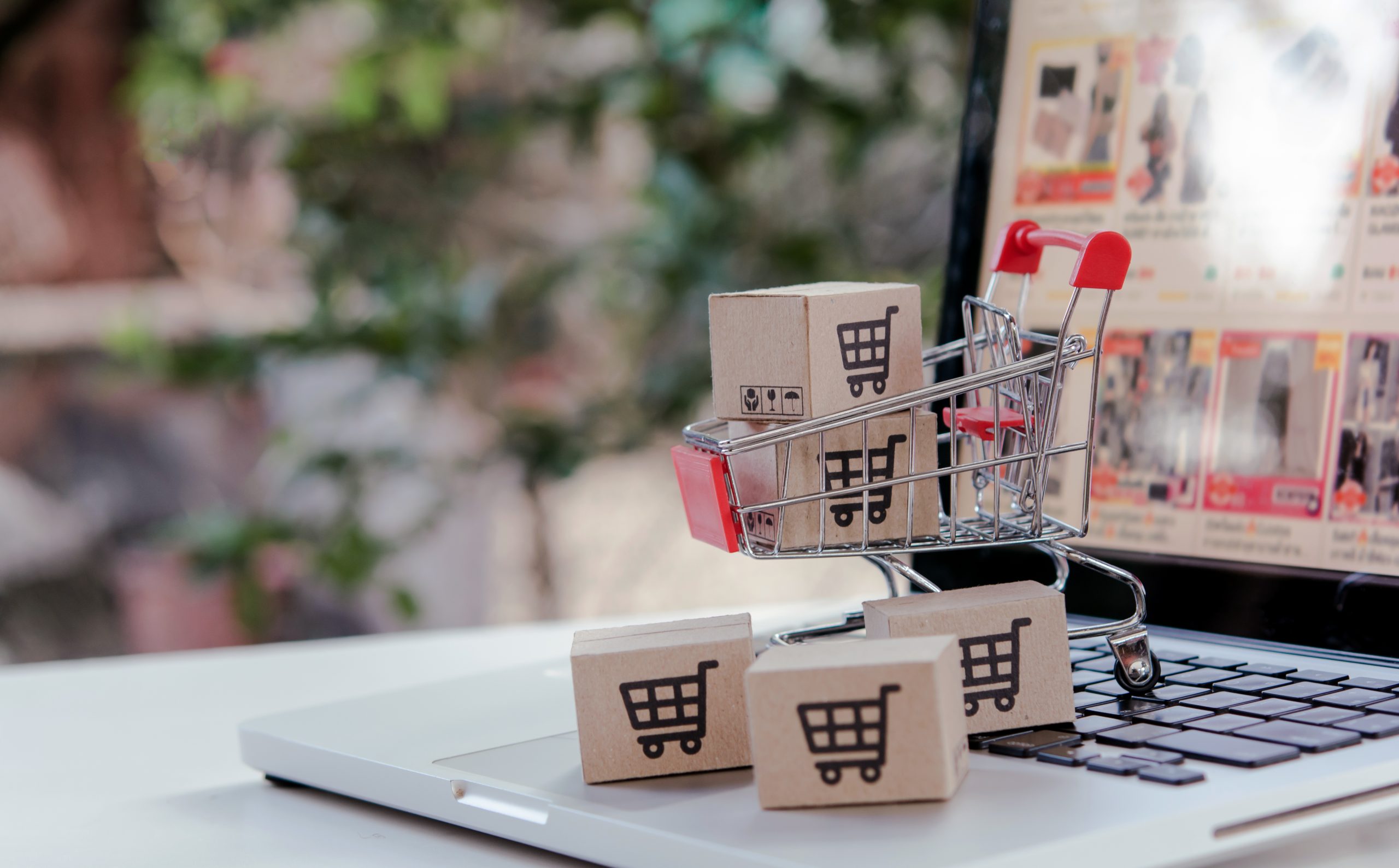
In the rapidly expanding digital marketplace, consumer packaged goods (CPG) companies face both significant challenges and unprecedented opportunities. The rise of e-commerce platforms has transformed traditional shopping behaviors, allowing CPG brands to reach broader audiences more effectively and efficiently than ever before. By strategically leveraging these platforms, CPG companies can achieve substantial growth and maintain a competitive edge. This article explores the dynamics of utilizing e-commerce platforms to catalyze CPG growth and outlines strategies for harnessing this digital potential.
The Evolution of CPG Sales in the E-commerce Era
The shift from brick-and-mortar stores to online shopping has accelerated, mainly influenced by changes in consumer preferences and technological advancements. E-commerce platforms offer CPG brands the tools to manage vast inventories, sophisticated logistics, and detailed customer data analysis. For CPG companies, the transition to online sales isn’t just about maintaining relevance; it’s about capitalizing on the growth potential of a more accessible and scalable market.
Strategies for CPG Brands on E-commerce Platforms
1. Optimize Product Listings
A critical step in leveraging e-commerce for CPG growth is optimizing product listings. This involves:
High-Quality Images and Videos: Since online shoppers cannot touch or try products before purchasing, high-quality visuals become essential. These should include multiple angles and videos demonstrating the product in use.
Detailed Descriptions and SEO: Detailed, precise, and SEO-friendly product descriptions can significantly improve visibility and attractiveness. Including keywords that potential customers are likely to search for can enhance discoverability on e-commerce platforms.
Ratings and Reviews: Encouraging satisfied customers to leave positive reviews can boost a product’s credibility.
Actively managing customer reviews and responding to feedback can also improve consumer trust and product visibility.
2. Leverage Analytics to Understand Consumer Behavior
E-commerce platforms provide access to comprehensive analytics tools that offer insights into consumer behavior, preferences, and purchasing patterns. CPG companies can leverage this data to:
Tailor Marketing Campaigns: Understanding what drives conversions and engages customers allows brands to tailor their marketing efforts more effectively.
Product Development: Analytics can reveal gaps in the market or opportunities for product innovation, informing R&D and helping brands stay ahead of consumer trends.
3. Engage in Omnichannel Marketing
Omnichannel marketing involves creating a seamless customer experience across all channels, whether the shopper is online from a desktop or mobile device, by telephone, or in a brick-and-mortar store. For CPG brands, this strategy can:
Enhance Customer Experience: Providing a consistent experience across all platforms increases customer satisfaction and loyalty.
Increase Sales Opportunities: By integrating touchpoints, CPG brands can increase the likelihood of conversions through multiple channels.
4. Implement Dynamic Pricing
Dynamic pricing, the practice of varying a product’s price depending on various factors such as demand, competitor pricing, and market conditions, can be an effective strategy on e-commerce platforms. This approach allows CPG brands to:
Stay Competitive: Adjusting prices in real-time helps brands remain competitive against others in the marketplace.
Maximize Profit Margins: Companies can improve their margins during peak times by strategically altering prices based on analytics.
5. Focus on Mobile Optimization
With an increasing number of consumers shopping via mobile devices, CPG brands must ensure their online content is optimized for mobile use. This includes:
Mobile-Friendly Websites: Ensuring that e-commerce sites are responsive and easy to navigate on smartphones and tablets.
Mobile Apps: Developing mobile applications can provide a more streamlined shopping experience and increase customer retention through features like push notifications.
6. Strengthen Supply Chain Management
Efficient supply chain management is crucial for online CPG sales. Leveraging digital tools to enhance supply chain operations can help:
Reduce Delivery Times: Efficient logistics lead to faster delivery times, enhancing customer satisfaction.
Manage Inventory More Effectively: Real-time inventory management helps prevent stockouts and overstock situations, optimizing inventory levels.
For CPG companies, the expansion into e-commerce platforms represents a vital growth avenue. By optimizing product listings, utilizing analytics, embracing omnichannel marketing, applying dynamic pricing, focusing on mobile optimization, and strengthening supply chain management, CPG brands can not only survive but thrive in the digital age. As e-commerce continues to evolve, staying agile and responsive to these digital trends will be critical to the long-term success and growth of any CPG brand.